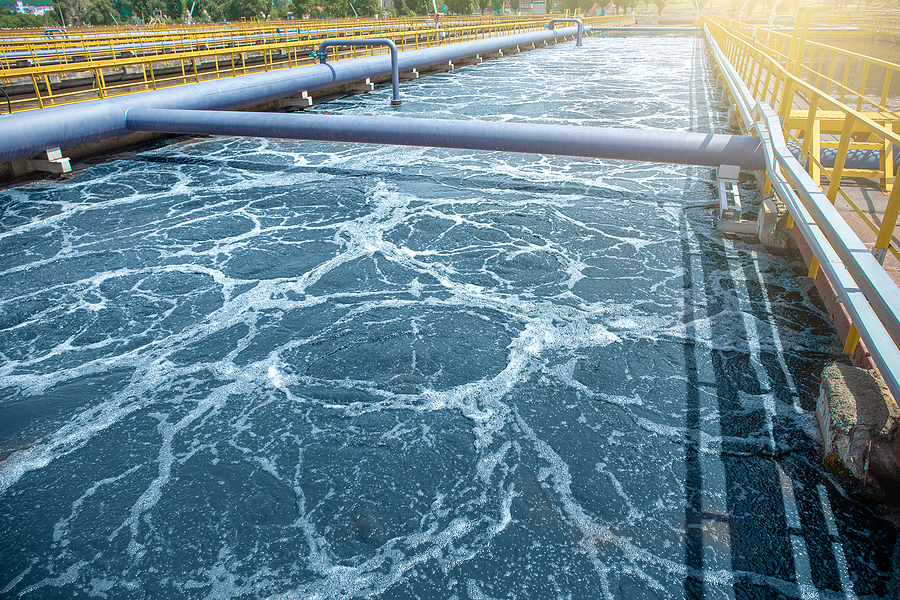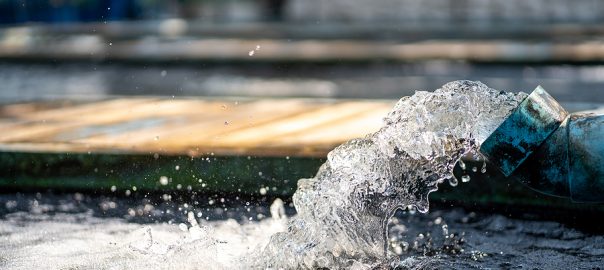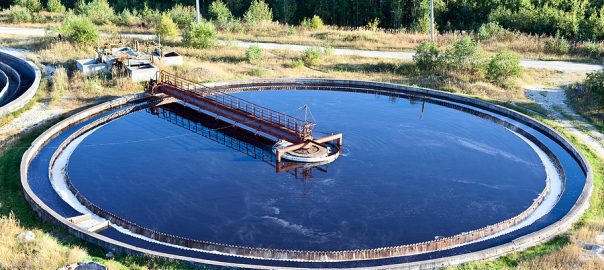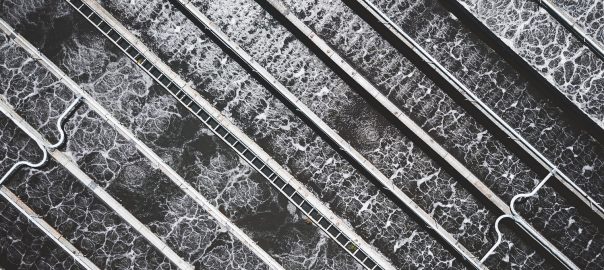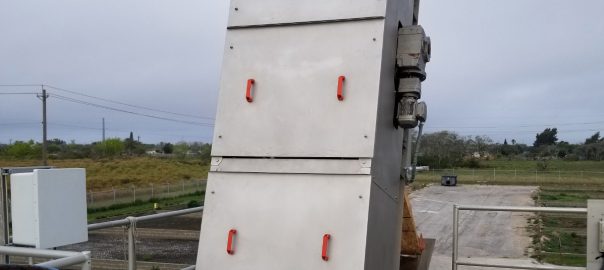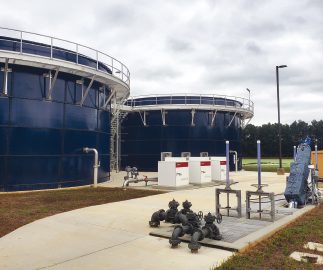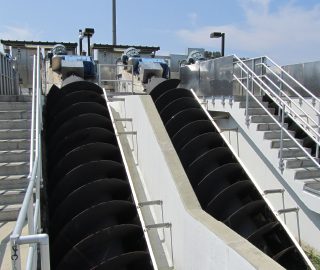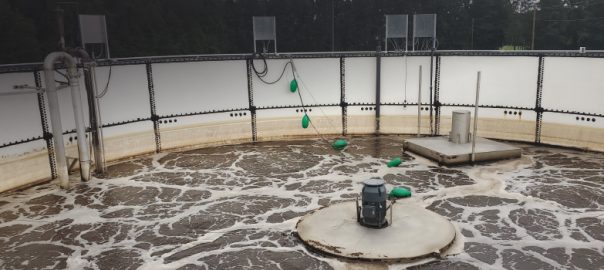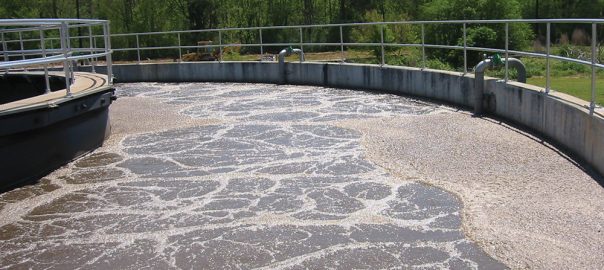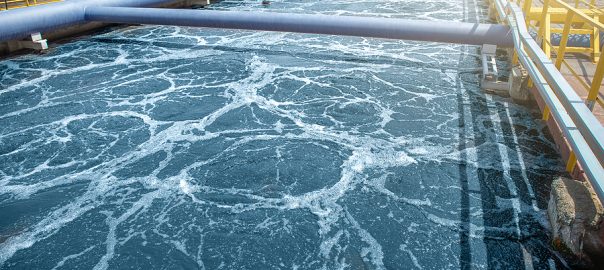
According to the Cybersecurity & Infrastructure Security Agency, the U.S. has 16,000 public wastewater treatment systems. In addition, the EPA estimates that over 20% of U.S. households are on an individual septic system or community cluster system. The wastewater that comes from these systems requires careful treatment to remove pathogens, pollutants, and solid waste.
When a wastewater treatment facility gets wastewater from the sewer system or trucks that pump it out of septic tanks, it needs to be screened to remove plastic and other hard waste like branches, bones, etc. It must have the sludge and fats/oils/grease (FOG) removed, and the remaining wastewater must be carefully tested until it meets EPA guidelines. Only then can it return to a body of water or water treatment plant for reuse.
Wastewater clarification and sanitizing is essential to prevent the spread of disease. It also prevents contamination in lake and river water, which can help algae blooms thrive and harm aquatic animals and animals that use that water for swimming or drinking. It keeps bacteria from entering into the meat of shellfish that people eat. To make sure water is clarified correctly, water treatment plants use mechanical or chemical clarification, and each has pros and cons.
How Does Mechanical Clarification Work?
Mechanical clarifiers are tanks where wastewater settles after passing through filters that capture solids like fat deposits, menstrual products, plastic wrappers, etc. Skimmers run over the top of the tank in continual circles picking up floating waste, while sludge is pushed to a central hopper in the bottom of the tank to be pumped out.
Water can be further treated using filters and UV treatment to remove impurities and contaminants. Activated charcoal is one filtration material, but plants have also had success with coconut fibers, sand, and peat.
Pros and Cons:
- Pro – It’s simple and doesn’t require fluctuating levels of chemical additives.
- Pro – It can be twice as fast.
- Pro – It’s one of the most cost-effective options, especially in areas where people are already stretched thin financially.
- Pro – It’s better for the environment as no chemicals are being used.
- Con – Produces more sludge that must then be managed.
- Con – Lightweight particles may be harder to capture.
- Con – Clarifier tanks take up more space, which can be hard in areas where there is limited land.
How Does Chemical Clarification Work?
Chemical clarification involves the use of a chemical to cause suspended particles to clump together, which forms larger solids that float to the surface. That makes them easier to remove because they settle faster than small particles.
With chemical clarification, processes known as coagulation and flocculation take place. The chemical additives, such as caustic soda, lime, iron, aluminum salts, and polymers are mixed in causing the suspended particles to coagulate. As they bind (flocculation) the larger clusters, called flocs, float to the surface for easier removal. This method also has pros and cons.
- Pro – The floating suspended solids are easily removed, which leads to cleaner water.
- Pro – A smaller footprint is needed, which is good if your plant has limited space.
- Pro – It’s better at capturing tiny particles that often get missed in mechanical clarification because they bind together.
- Con – Costs more than mechanical due to the cost of chemicals, and an increase in incoming wastewater will require quick adjustments to the amount of chemicals used, so costs can increase as workers put in more hours and increase the use of chemicals.
- Con – It’s a more complex process, which means wastewater treatment plant operators may need extra training.
- Con – The chemicals can be harmful to the environment, so they must be removed before treated wastewater’s release and carefully handled if there is an accidental spill.
- Con – The amount of sludge increases, so you have to have a sludge management plan in place.
Which Method Is Best for Your Municipality?
Which is best for your wastewater treatment facility? Consider these five points.
The Characteristics of the Wastewater Your Facility Treats
What are the main qualities and characteristics of the wastewater you treat? Chemical clarification is considered to do a better job of removing contaminants like heavy metals. If you treat a larger volume of industrial wastewater, it’s something to consider.
Your Municipality’s Budgetary Constraints
As is true in most of life, you have to consider the budget. While you might prefer the idea of chemical clarification, consider the costs of both options and the average salaries of people in your municipality. If you drastically increased water and sewer bills, could they afford it or would they be at risk of financial hardship?
The Discharge Standards You Need to Meet
When you are permitted to operate a wastewater treatment plant, the EPA’s permit has discharge standards you must meet. If you fail at that requirement, the fines can be steep. Consider which of the two clarification methods ensures you meet those standards in the most cost-effective manner possible.
The Size of Your Plant and Availability of Additional Land
How much land does your facility have? If you opt for mechanical clarification, the tanks take up space. As new homes are built and businesses come in, new equipment may become necessary to keep up with the increased flow rates. Do you have the space available for new clarifiers? If you don’t have a lot of space, mechanical clarification might not be feasible.
Your Area’s Environmental Concerns
What are some of the concerns already impacting the environment in your area? As you release treated wastewater to rivers, lakes, the ocean, etc., you need to make sure you’re not accidentally discharging water with higher levels of dissolved salts and other chemicals used during clarification.
Finally, you have to consider environmental concerns regarding sludge. When you use chemical clarification, you’ll have more sludge. If you only have one or two landfills in the state and they’re already reaching capacity, you’d need to find another way to dispose of the sludge to avoid straining other city and town services.
You could consider incinerating it or processing it for fertilizer, but that’s more work, which means more staff, and that can mean higher costs for your district. You have to consider all of that when determining the best option for your community and budgetary constraints.
Lakeside Equipment has been in the water clarification field for close to 100 years. Reach us online or over the phone to discuss your plant’s size, wastewater treatment needs, and your community’s budget. We’re experts in wastewater treatment processes and equipment and can help you find an efficient, cost-effective solution.

